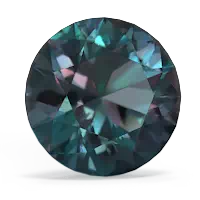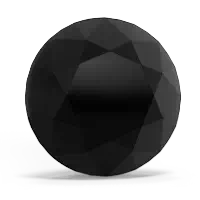


A pair of emerald earrings are a timeless and classic accessory. You can choose from genuine emerald, or more affordable lab-created emerald. A pair of created alexandrite earrings is like two gifts in one. Blue-green by day, and purple-red by night, the color change of this gem is sure to please. A pair of black onyx earrings are an affordable and elegant gift. Always appropriate and always in style, black onyx should be in every jewelry box.